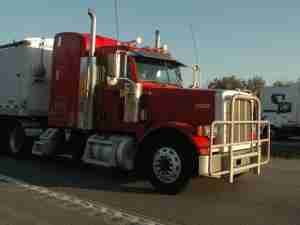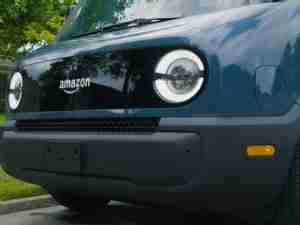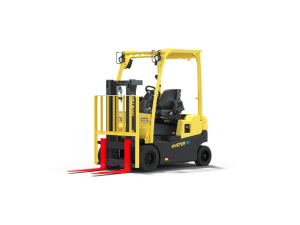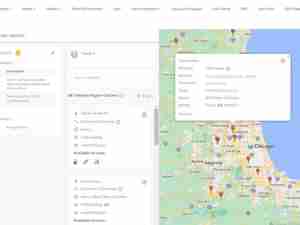Road traffic injuries have been a considerable challenge for many years with approximately 1.35 million people killed each year as a result of road traffic crashes. Of these, more than half are among vulnerable road users: pedestrians, cyclists, and motorcyclists.
It is only during the past 20 years that road safety has gained more prominence. In 2011, the World Health Organization (WHO) launched its Decade of Action for Road Safety with the aim of guiding efforts at national and local levels to stabilize and reduce road traffic fatalities across the world. Since then, increasing numbers of nations have implemented road safety campaigns, including new regulations and enhanced legislation.
Currently, standards vary from state to state, with some operating more stringent legislation than others. This includes New York City’s Vision Zero initiative, which has prioritized road safety across its streets through enhanced enforcement and compulsory safety equipment for trucks to help improve driver visibility and prevent collisions with vulnerable road users.
However, traffic fatalities are still a major problem. More than 38,000 people die every year in crashes on US roadways and an additional 4.4 million people are seriously injured.
What can be done?
Many collisions with large vehicles occur when they are maneuvering at low speeds, such as turning in a tight space or attempting to park. Preventing deaths and injuries, as well as damage to objects and vehicles, can be reduced dramatically when a driver’s indirect vision from the cab is improved.
Corey Heniser, a vehicle safety expert from Brigade Electronics INC, explains:
“Indirect vision can be achieved with passive and active vehicle safety systems, which are added to the vehicle to aid a driver’s in-cab visibility, eliminate blind spots and, ultimately, enhance safety.
“While passive systems, such as mirrors, have been a legal requirement for many years, mirrors alone will not solve the blind spot problem. In the time it takes a driver to scan four mirrors, assess and then react to hazards, a vehicle could travel as far as 32 feet, even at speeds as low as 2mph. Therefore, along with passive systems, such as mirrors and cameras, Brigade recommends a series of active safety systems, to alert drivers to something in a vehicle’s blind spot.”
These include proximity sensor systems to detect people and objects in a driver’s blind spot and alert the driver to look in their camera monitor or mirror. Additionally, audible warning systems will warn the driver of people and objects in the vicinity while external speaking alarms will alert other road users that the vehicle is maneuvering.
One company which has benefited from the addition of passive and active safety systems to improve visibility is Coca-Cola European Partners (CCEP). Its transport and distribution branch, Logistic Benelux, is one of the few sites distributing to its customers. It operates more than 100 trucks, which drive daily through Belgium and Luxembourg to supply supermarkets, hypermarkets, schools, and other companies with its Coca-Cola products.
Pascal Libens, Fleet Manager of Logistics Benelux Coca-Cola European Partners, said:
“In total we have fitted 70 vehicles so far and plan to fit about 30 new ones this year with Brigade’s safety devices. This means 100% of our fleet will be equipped with the Backeye®360 [Brigade’s 360-degree camera system], but also with ultrasonic obstacle detection and a speaking alarm. Ultrasonic detection ensures that the driver is alerted to cyclists, pedestrians or objects next to the vehicle and the speaking alarm warns pedestrians and cyclists that the vehicle is about to turn right.”
“We are receiving positive feedback from various drivers, but it will be some time before we can take stock of how the system works. Drivers will have to adapt to a totally new view, and it always takes time to get used to new ways of driving. However, I am convinced that once you drive with the system, you won’t want to drive without it.”








